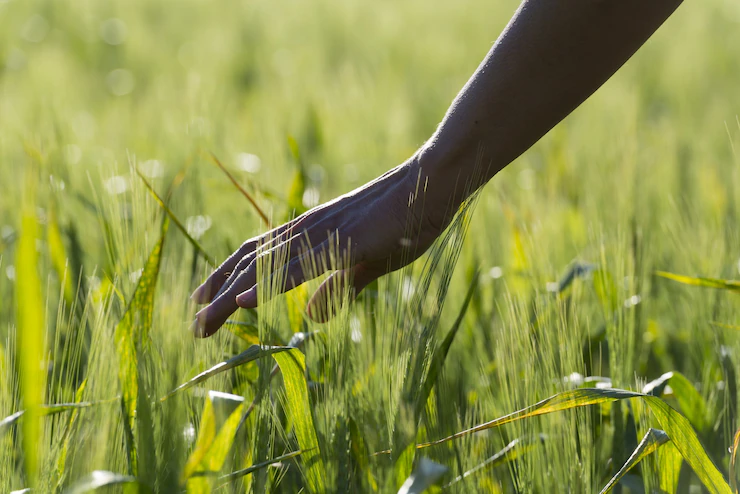Building resilience in farming against climate-related risks is crucial for ensuring sustainable agricultural practices. Here are some tips to help farmers enhance their resilience:
- Diversify crops and livestock: Planting a diverse range of crops and raising multiple livestock species can help reduce the impact of climate-related risks. Different crops and animals have varying tolerance levels to weather conditions, pests, and diseases. By diversifying, farmers can minimize the potential loss from a single climate event.
- Implement sustainable water management practices: Climate change often leads to irregular rainfall patterns, droughts, or excessive rainfall. Farmers should adopt sustainable water management techniques such as rainwater harvesting, drip irrigation, and efficient irrigation systems. These practices help conserve water, reduce water stress during dry periods, and prevent soil erosion.
- Improve soil health: Healthy soils can better withstand climate-related challenges. Implement soil conservation practices like cover cropping, crop rotation, and organic matter management to improve soil structure, fertility, and water-holding capacity. Healthy soils can absorb and retain water during heavy rainfall events and provide nutrients to crops during dry periods.
- Invest in agroforestry and windbreaks: Planting trees and incorporating agroforestry practices can act as natural windbreaks, reducing wind speed and protecting crops from wind damage. Additionally, trees improve soil structure, enhance biodiversity, and provide shade, thereby mitigating the impact of extreme weather events.
- Enhance pest and disease management: Climate change can alter pest and disease dynamics, making it essential to implement effective pest and disease management strategies. Regular monitoring, early detection, and integrated pest management (IPM) techniques, including biological controls, crop rotation, and resistant crop varieties, can help minimize losses.
- Adopt climate-smart agricultural practices: Explore climate-smart agricultural techniques that aim to reduce greenhouse gas emissions, increase productivity, and enhance resilience. Examples include precision farming, agroecology, conservation agriculture, and sustainable intensification. These practices consider the local climate conditions and aim to minimize environmental impacts.
- Stay informed and access support systems: Keep up-to-date with weather forecasts, climate projections, and adaptive agricultural practices relevant to your region. Engage with agricultural extension services, research institutions, and farmer networks to access information, training, and financial support for climate resilience initiatives.
- Build on-farm infrastructure and insurance options: Invest in farm infrastructure that can mitigate climate risks, such as improved drainage systems, water storage facilities, or climate-controlled structures. Additionally, explore crop insurance and other risk-sharing mechanisms to manage potential financial losses caused by climate-related events.
- Foster collaboration and knowledge sharing: Collaborate with neighboring farmers, local communities, and agricultural organizations to share experiences, knowledge, and resources. Participate in farmer networks, community-based organizations, and climate adaptation initiatives to collectively address climate-related challenges.
- Continuously assess and adapt: Regularly evaluate the effectiveness of implemented resilience strategies and adapt them as needed. Monitor climate trends, analyze the outcomes of different practices, and learn from successes and failures to make informed decisions for future resilience-building efforts.
Remember, building resilience is an ongoing process, and combining multiple strategies will yield the best results. It’s important to tailor these tips to your specific farming context and seek advice from local agricultural experts who understand the intricacies of your region.
Join 'Farmers Mag' WhatsApp Channel
Get the latest Farming news and tips delivered straight to your WhatsApp
CLICK HERE TO JOIN






